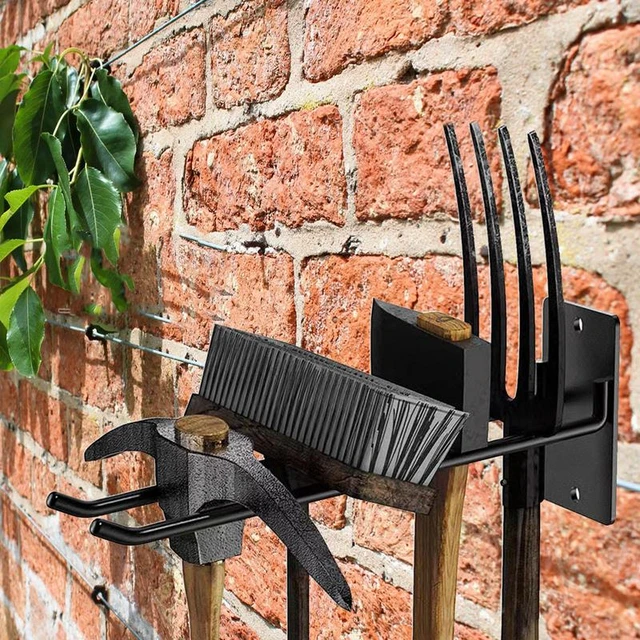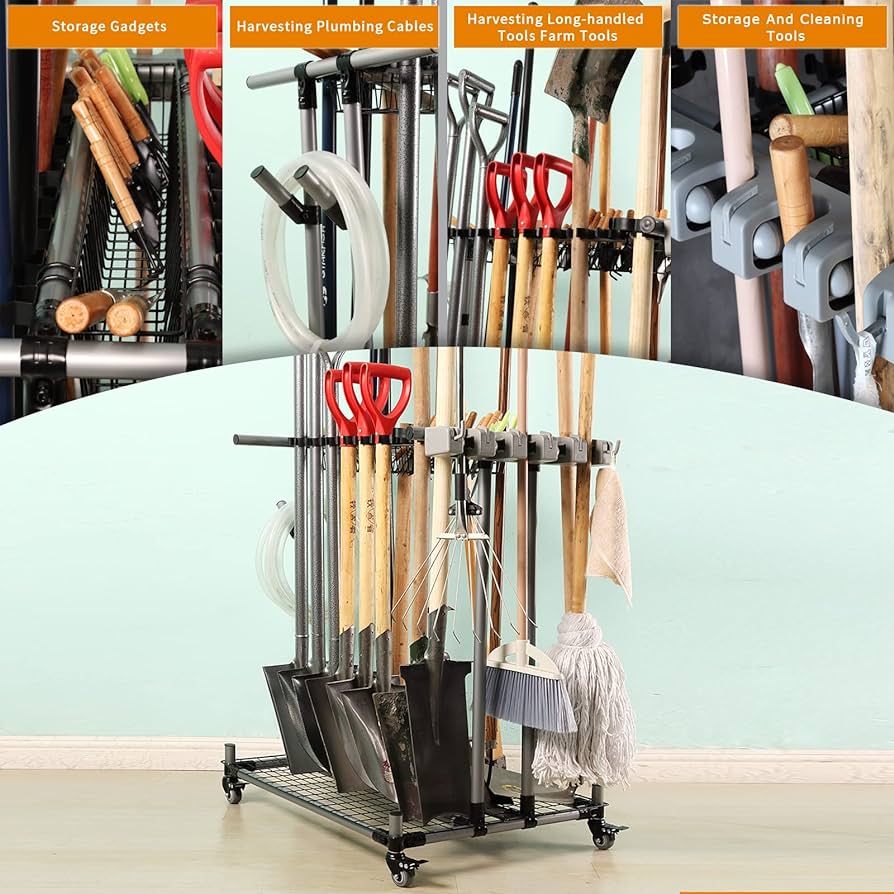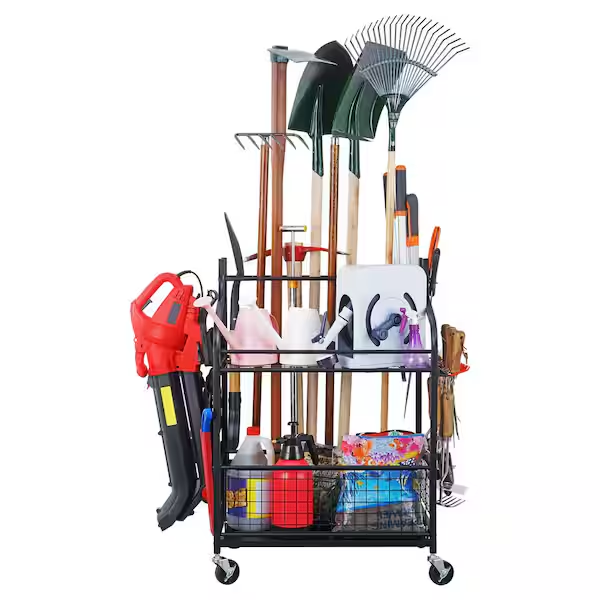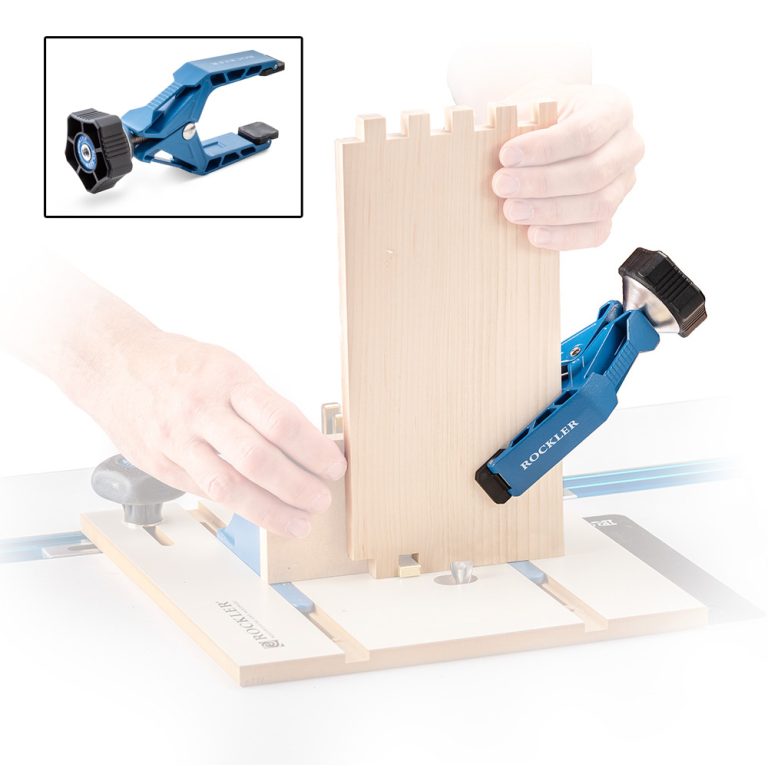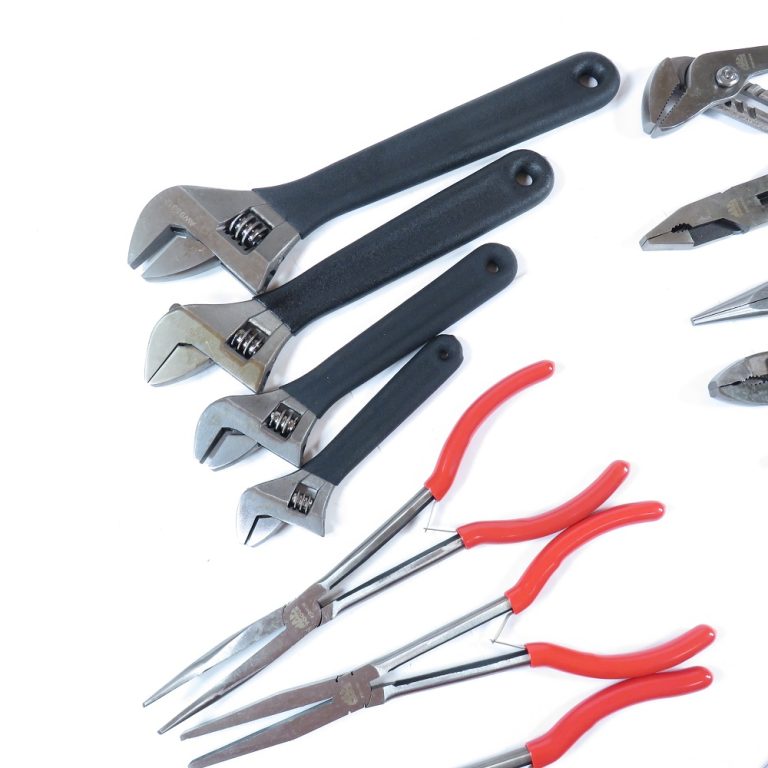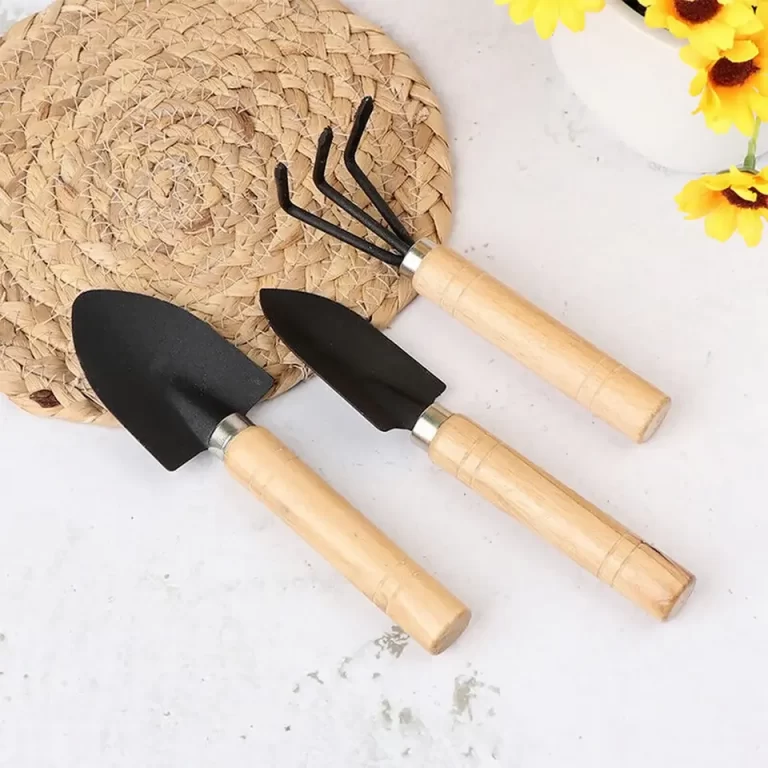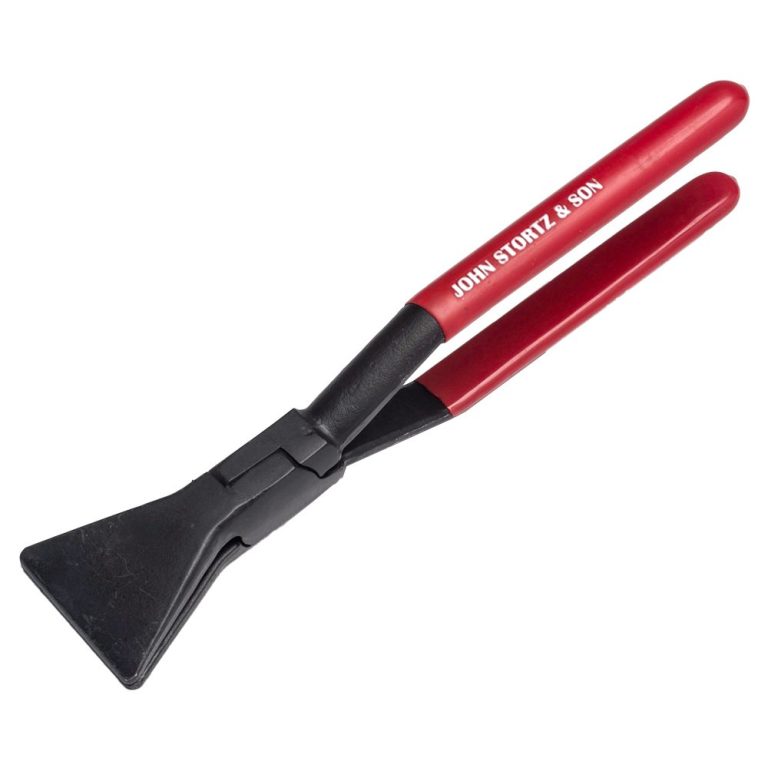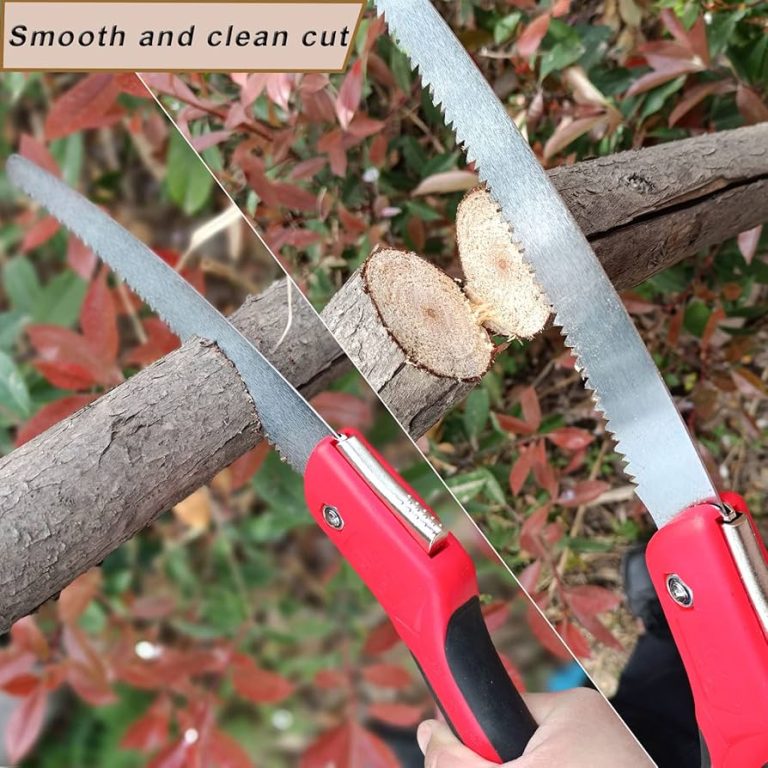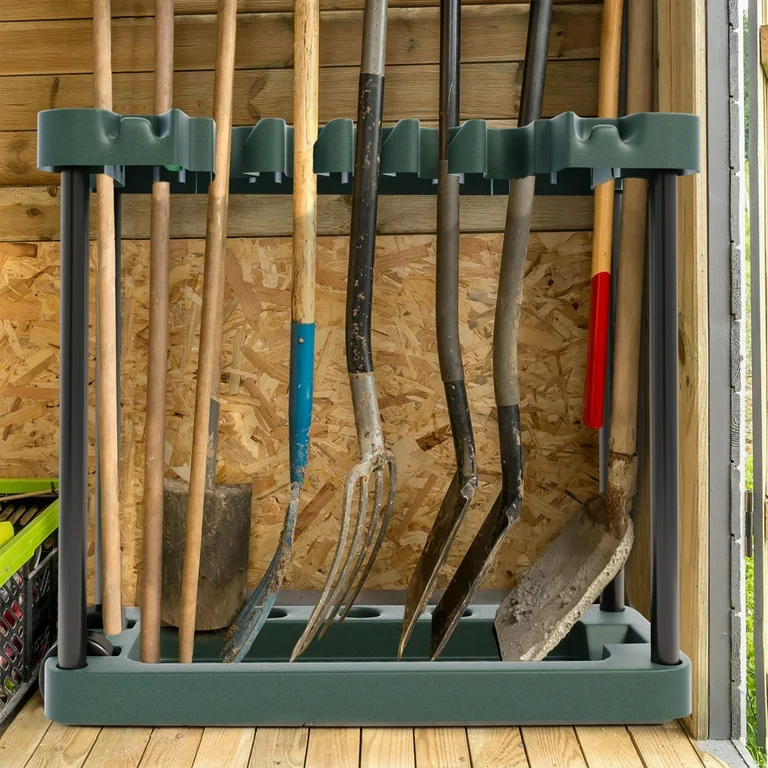The Importance of Proper Yard Tool Storage
Proper yard tool storage plays a crucial role in maintaining the longevity and effectiveness of gardening equipment. Well-organized storage not only protects tools from damage and rust but also enhances the overall efficiency of yard work. When tools are stored correctly, they remain easily accessible, reducing time spent searching for the right equipment. This organization leads to a more enjoyable gardening experience and a well-maintained outdoor space. Furthermore, proper storage prevents accidents caused by misplaced or improperly stored tools, ensuring safety for all household members. Investing time and effort in creating an effective yard tool storage system pays dividends in the form of tool longevity, improved workflow, and a more pleasant gardening environment.
Assessing Your Storage Needs
Before implementing a storage solution, homeowners should assess their specific needs. This assessment involves taking inventory of all yard tools, considering the frequency of use for each item, and evaluating the available storage space. Large equipment like lawnmowers and wheelbarrows require different storage considerations compared to smaller hand tools such as trowels and pruning shears. The climate of the area also plays a role in determining the best storage options, as tools may need protection from moisture, extreme temperatures, or direct sunlight. By carefully evaluating these factors, gardeners can develop a tailored storage plan that addresses their unique requirements and maximizes the use of available space.
Wall-Mounted Storage Solutions
Wall-mounted storage options offer an excellent way to utilize vertical space and keep tools organized and easily accessible. Pegboards provide a versatile foundation for hanging various tools, allowing for customizable arrangements that can evolve with changing needs. Tool racks and hooks can be installed directly onto walls or pegboards to hold items of different sizes and shapes. Magnetic strips work well for metal tools, creating a sleek and space-efficient storage solution. For larger tools, wall-mounted brackets or hangers can support items like rakes, shovels, and hoes. These vertical storage methods not only save floor space but also make it easy to see and access all tools at a glance, improving overall organization and efficiency in the garden or garage.
Freestanding Storage Units
Freestanding storage units offer flexibility and portability for yard tool organization. Tool cabinets and chests provide enclosed storage, protecting tools from dust and moisture while offering the option to lock away valuable equipment. Rolling tool carts allow for easy movement of frequently used items around the yard or garden. For those with limited indoor space, outdoor storage sheds or deck boxes can house a variety of tools while keeping them protected from the elements. When selecting freestanding units, consider factors such as durability, weather resistance, and size to ensure they meet specific storage needs and fit well within the available space. These units can be particularly useful for storing power tools, chemicals, and other items that require extra protection or security.
Utilizing Overhead Space
Overhead storage solutions maximize often-overlooked space in garages or sheds. Ceiling-mounted racks and pulley systems can store seasonal items or less frequently used tools, freeing up valuable floor and wall space. Overhead shelving units provide additional storage for boxes of smaller tools or gardening supplies. When implementing overhead storage, it’s crucial to ensure that the ceiling structure can support the weight of the stored items and that the installation is secure. Proper labeling of overhead storage containers helps in quickly locating items when needed. This type of storage is ideal for long-handled tools, spare parts, or bulky equipment that isn’t used on a regular basis, keeping the workspace clear while still maintaining easy access to all necessary tools.
Creative Repurposing for Tool Storage
Repurposing everyday items for tool storage offers a cost-effective and often visually appealing solution. Old wooden pallets can be transformed into vertical garden tool organizers with minimal effort. Recycled PVC pipes cut to various lengths make excellent holders for long-handled tools. Vintage toolboxes or metal buckets add a charming touch while providing practical storage for smaller hand tools. Repurposed kitchen utensil holders or mason jars work well for organizing small items like garden stakes, twine, or seed packets. These creative solutions not only solve storage problems but also add character to the garden or workspace. By thinking outside the box and reimagining common household items, gardeners can create unique and functional storage systems that reflect their personal style.
Maintaining Tool Organization
Establishing an organizational system is only the first step; maintaining that organization is equally important. Implementing a “put it back” policy ensures that tools are returned to their designated spots after each use. Regular cleaning and maintenance of tools before storage prevents rust and prolongs their lifespan. Seasonal reorganization allows for adjustment of the storage system based on changing needs throughout the year. Creating a tool inventory and periodically updating it helps track equipment and identifies when replacements or repairs are needed. Labeling storage areas and containers makes it easy for everyone to know where items belong. By consistently following these organizational practices, gardeners can maintain an efficient and tidy storage system that enhances their overall gardening experience.
Protecting Tools from the Elements
Proper protection from environmental factors is crucial for extending the life of yard tools. For outdoor storage, choosing weather-resistant materials for tool sheds or storage units is essential. Applying protective coatings or oils to metal tools helps prevent rust and corrosion. Storing wooden-handled tools in a dry environment prevents warping and cracking. Using tool covers or cases for power equipment provides an extra layer of protection against dust and moisture. In areas with high humidity, incorporating dehumidifiers or moisture-absorbing products in storage areas can significantly reduce the risk of rust and mold. By taking these protective measures, gardeners can ensure their tools remain in optimal condition, ready for use whenever needed.
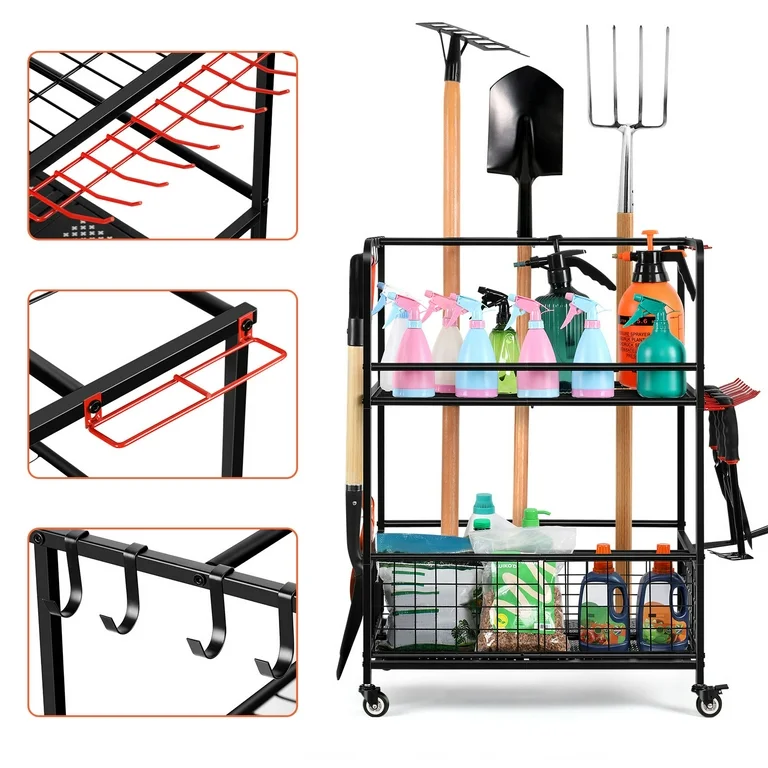
Safety Considerations in Tool Storage
Safety should be a top priority when designing and implementing a yard tool storage system. Sharp tools should be stored with blades covered or in sheaths to prevent accidental cuts. Heavy items are best stored at waist level or lower to avoid strain or injury when lifting. Ensuring adequate lighting in storage areas reduces the risk of accidents when retrieving tools. Properly securing tall or unstable storage units prevents tipping hazards. Storing potentially dangerous tools or chemicals out of reach of children and pets is crucial for household safety. Implementing a locking system for valuable or hazardous items adds an extra layer of security. Regular inspection of storage areas for potential hazards, such as loose shelving or protruding nails, helps maintain a safe environment. By prioritizing safety in tool storage, gardeners can create a secure workspace that minimizes risks and promotes peace of mind.
Effective yard tool storage is a cornerstone of efficient gardening and landscape maintenance. By implementing thoughtful storage solutions, homeowners can significantly enhance their outdoor work experience while prolonging the life of their tools. The process begins with a thorough assessment of storage needs, taking into account the variety of tools, available space, and environmental factors. This evaluation forms the foundation for creating a storage system that is both functional and tailored to individual requirements.
Wall-mounted storage options offer an excellent solution for maximizing vertical space. Pegboards, tool racks, and magnetic strips provide versatile and customizable storage for a wide range of tools. These systems not only save floor space but also make tools easily visible and accessible, streamlining the gardening process. For larger tools, wall-mounted brackets and hangers offer sturdy support, keeping items like rakes and shovels neatly organized and off the ground.

Conclusion
Community gardens and shared workspaces present unique challenges and opportunities for tool storage. Developing communal storage systems that are accessible, secure, and easy to maintain requires careful planning and cooperation. These shared spaces can benefit from clear labeling, check-out systems, and regular maintenance schedules to ensure that tools remain in good condition and are available when needed.
Education plays a vital role in promoting effective tool storage practices. Garden clubs, community centers, and online platforms can offer workshops and resources on tool organization and maintenance. Sharing knowledge and experiences helps spread best practices and innovative solutions within the gardening community.
In conclusion, effective yard tool storage is a multifaceted approach that combines practical organization with safety considerations and environmental awareness. By implementing thoughtful storage solutions, maintaining consistent organizational habits, and prioritizing tool care, gardeners can create efficient workspaces that enhance their outdoor experiences. Whether utilizing vertical space, repurposing everyday items, or investing in specialized storage units, the key lies in developing a system that meets individual needs while promoting the longevity of tools. With proper storage, yard work becomes more enjoyable, efficient, and safe, allowing gardeners to focus on the joys of cultivating and maintaining their outdoor spaces.
